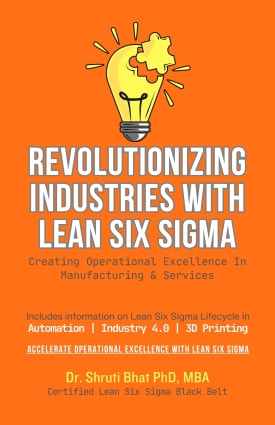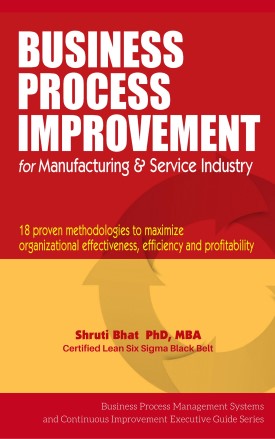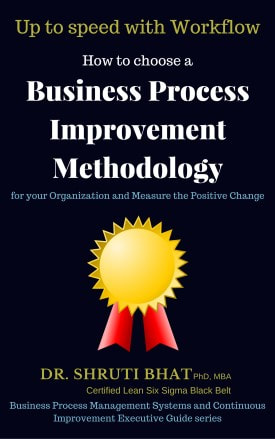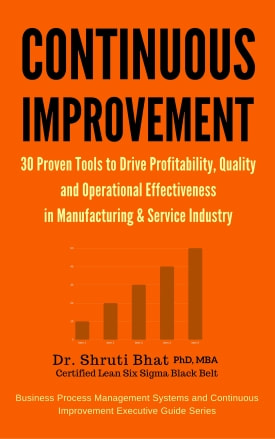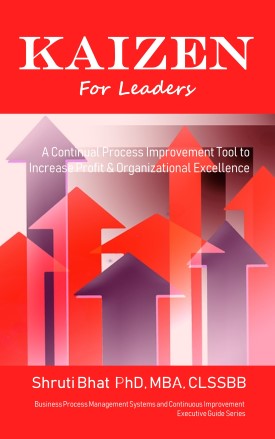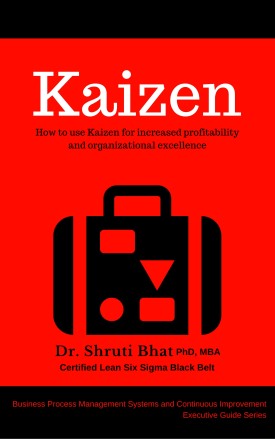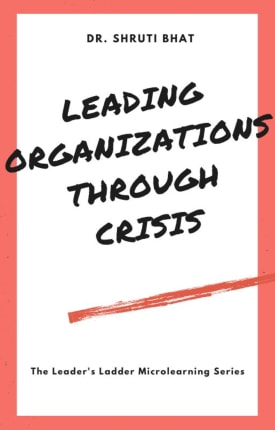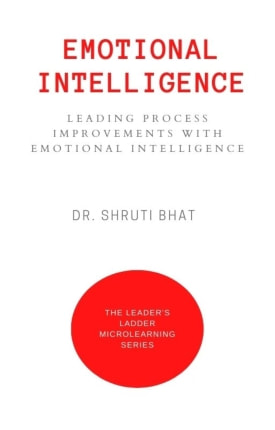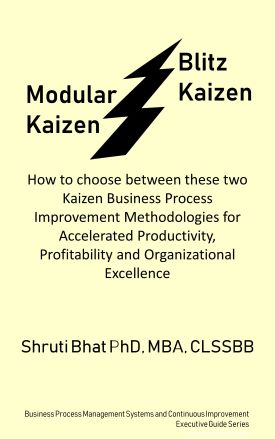This type of data modeling has a wide selection of concepts that are applied to different organizations, as it is best suited. There are 20 to 50 different concepts that all have their own adjustable characteristics. Each concept has its own standards and is applied to organizations depending on how it is best suited. Conceptual data modeling is frequently used during the beginning stage of planning. It is a vital stage in creating a data model that accurately represents an organization’s business.
Conceptual data modeling envisages the entire arrangement of an organization’s database and gives information regarding the configurations of data and subject capacities within an organization. The implementation of conceptual data modeling begins with focusing on the key subject points of the organization. After which all main articles within each subject point can be discussed in greater detail.
It embraces all types of entities and associations. The use of symbolic representations allows for visual associations between the subject points and the associations between each entity within a subject point. These relationships can vary from one on one, one to several and various connections between the articles. The structures of data that are used in conceptual data modeling are ones that have not already been used in the organization’s database.
The model is formed by collecting business necessities from a variety of sources such as documentation, team feedback, analysts, experts and those who deal with database reporting. Data modellers are the key players in conceptual data modeling since they select the type of model to use and pass on the model to the organization for inspection and application. The team discussion aims to create a comprehensive data model.
An example of how a conceptual data model would work would be to focus on the different key aspects of the organizations. Once the key aspects are clear, the model can provide inspiration for the team to come up with ideas that can help offer insight into ways in which the requirements of each aspect can be met.
Follow Shruti on Twitter, YouTube, LinkedIn
#ContinuousImprovement #Kaizen #BusinessProcessManagement #BPM #ConceptualDataModeling


